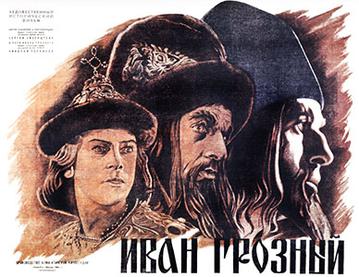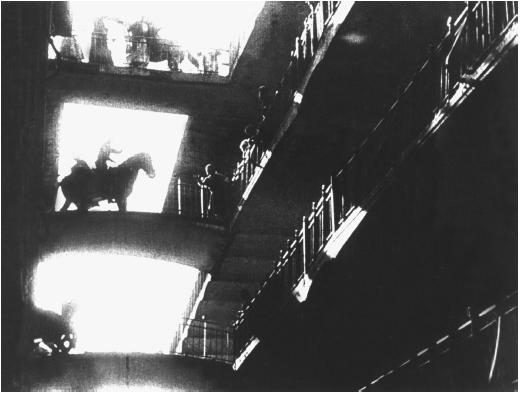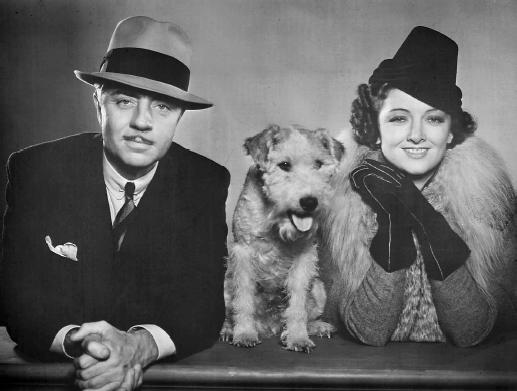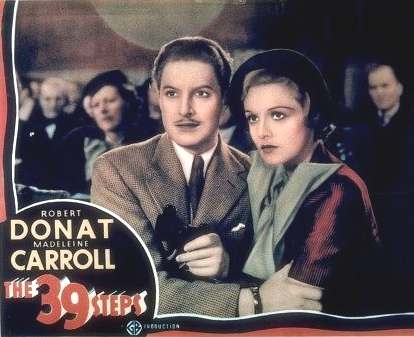
This film, written by, directed by, and starring Albert Brooks, has one major problem: Albert Brooks is not funny. I wince every time he is on screen. His presence in the plot (a parody of PBS' "This American Life") is unexplained. His voice is grating. I don't understand his hair or bone-structure. The 1970s seem awful.
Charles Grodin (Beethoven's 2nd) is the best part of the film, along with a hilarious running gag about the unobtrusive, Dutch headgear-cameras the crew use to film Grodin's family. But every time Albert Brooks comes on, the film comes into orbit around what I imagine was thought to be a winning personality in the 1970s. What is thought to be the film's selling point, then, is really its biggest weakness: without Brooks, this movie might actually be good. It would also be about 15 minutes long.
To elaborate: most comedies that are turned off the assembly line tend to be "carried" by a personality, such as Will Ferrell, Adam Sandler, Jim Carrey, etc. The movies of each actor are interchangeable with all of his others (Blades of Glory for Semi-Pro; The Mask for Ace Ventura; Billy Madison for Happy Gilmore). Nonetheless, it is true that these movies *are* carried by these actors. No one wishes there were more Courtney Cox in Ace Ventura. Albert Brooks, on the other hand, has pretensions here to be something of an auteur, but also brings a total anti-charisma that jeopardizes all his good ideas. I now know what it must be like to watch Woody Allen movies if someone detests the whiny, ubiquitous Allen character.
The Anthology Film Archives screened this and another early Brooks film (Modern Romance) with the caveat that Brooks is "no Tati," but that he did a couple of interesting things with editing and humor that were worth watching. I admire the modesty of these aims. But, for all that, Real Life is a bad movie that has very little even to say about the topic (reality television) that it has the unique opportunity to be prescient about. And in defense of Albert Brooks as an actor, might I refer you to his excellent performance as an unlikable liberal jerk in Taxi Driver.




